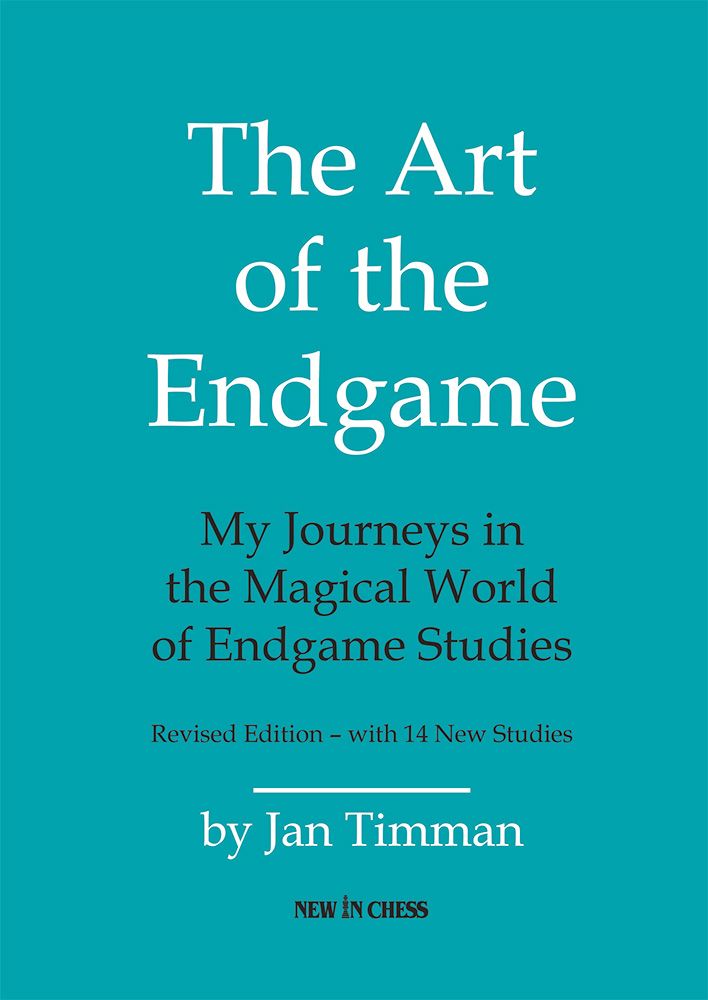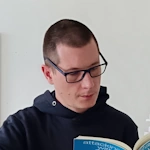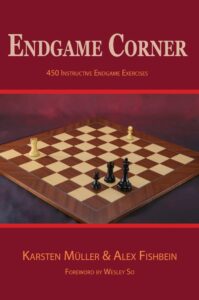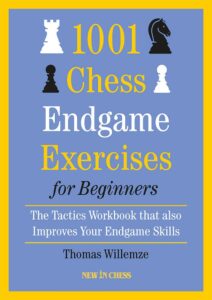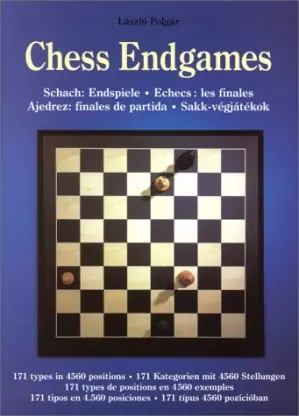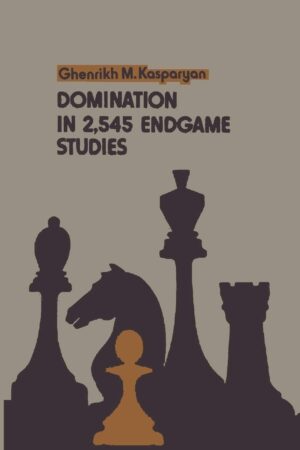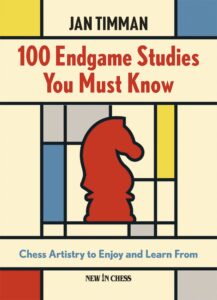Apart from being one of the strangest Dutch players of all time, an incredible chess author with several evergreen books to his name, Jan Timman is also one of the most famous contemporary endgame study composers. He has been composing studies since the 70s, and The Art of the Endgame is the culmination of his work, both as a composer and as an analyst and annotator. The book is a collection of, in Timman’s opinion, most instructive and beautiful studies he has composed or analyzed throughout his career. One thing that stands out to me is how he sometimes explains the process of creating a study, which problems he faced and how he had dealt with them, and how he used existing studies to create his own. I found the processes he used and the stories he told captivating and very instructive. I have never tried to compose a study myself, but, judging by how Timman describes the process, it takes a true master to compose a beautiful study.
The importance of solving endgame studies when it comes to serious chess improvement is obvious. They help your endgame understanding and improve your calculation and visualization, but their main purpose and benefit is broadening your imagination and creativity. Being able to think unorthodoxly, in a creative manner uncommon in real play over the board, helps when dealing with complex positions and helps find resources an untrained eye wouldn’t be able to spot. I remember listening to an interview with Aronian, in which he said he used to solve tons of endgame studies to keep himself sharp. Combining calculation, theoretical knowledge, and wild creativity is bound to help improve not just your endgame skill but increase your overall chess strength too.
The Art of the Endgame is divided into 14 chapters, most on a theme revolving around a specific piece or pattern such as “rook versus bishop”, “preventing pawn promotion”, “knight promotions”, “bishop promotions”, “mating patterns”, “stalemate patterns”, and more. Having studies grouped by theme makes finding the solutions much easier, which is why I’m not a fan of this type of division of material. Once you solve 5 studies in which the solution is to underpromote to a knight, you get much better at thinking about very specific patterns and finding similar solutions in the following problems. That’s not a bad thing, of course, and, ideally, that level of understanding will stick indefinitely and we would be just as efficient in two years when we get to underpromote to a knight in an over the board game, with two minutes on the clock, in a decisive game. In reality, chances are we’ll be significantly less efficient when the time comes. Half the job is recognizing the pattern! That is my only criticism of Timman’s collection.
The analysis provided for each study is flawless. As Timman writes in the introduction, composing studies with an engine has made his job much easier. He describes how, during the 70s and 80s, he would sometimes spend days trying to solve small problems that made his studies flawed. So the book has no mistakes, as is to be expected. Timman’s analysis and annotations are, as is the case with all of his books, entertaining, thorough, and very instructive.
Solving studies requires a specific kind of muscle. In the beginning you will be slow, weak and inefficient. Solving each study will feel like a great strain on your brain and nerves. After a while, though, when you learn how to concentrate, how to look for extraordinary resources, and how to calculate precisely on each ply, you will start reaping the benefits. It’s no coincidence that most strong Grandmasters were raised on solving endgame studies daily. The Art of the Endgame is considered by many to be the best collection of endgame studies ever written. It will surely enhance your creativity, improve your calculation, and earn you rating points!

